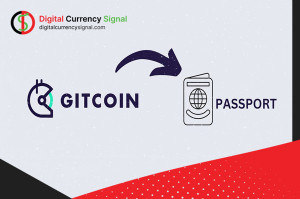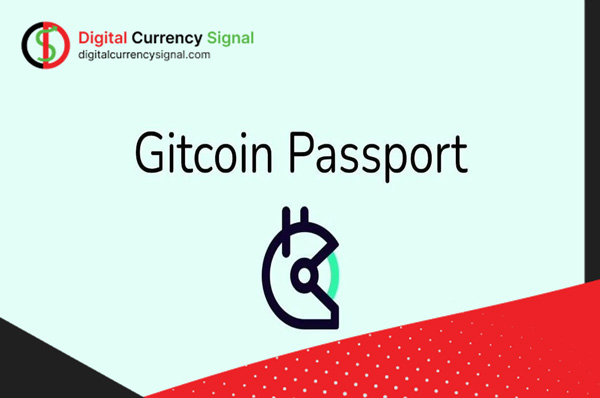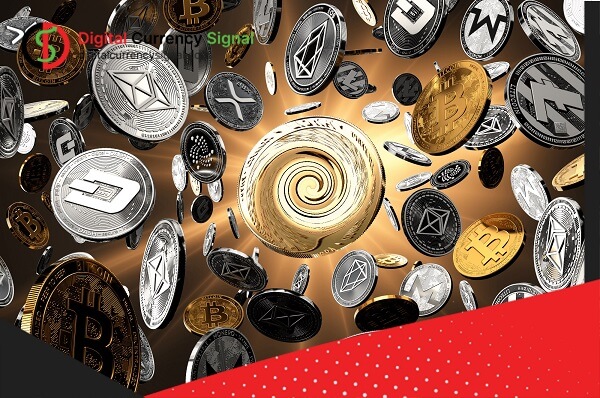One of the problems facing the Airdrop Arbitrum was the large number of fighters. Many paratroopers interacted with the network with minimal need and use of bots and were able to claim the Arbitrum case. This problem causes unfairness and inequality between users; Where there is no difference between a user with separate credentials (and multiple wallets) and a single wallet user. Eliminating airdrop, that is, having a verified digital identity for Web 3 users and distinguishing real users from bots, created a project called Gitcoin Passport. This project is a subset of the main Gitcoin project.
Learn Gitcoin Passport
Gitcoin Passport is a program to verify the identity of users in Webspace 3. This application allows you to protect your personally identifiable information. It also provides a platform to store and collect information that proves you are human. The scalability and security of the decentralized internet requires tools like Gitcoin Passport to protect projects from bots, malicious agents and potential harm. The Gitcoin Pass is a citizenship for users of the decentralized Internet and Webspace 3.
What are the goals of Gitcoin?
The purpose of this project is to see the digital identity of people without revealing their real identity and to prevent robotic activity on the Web 3. Gitcoin Passport allows cryptocurrency market participants to simultaneously collect activity records, tokens and user profiles. of Web 2. For example, you can collect BrightID’s verified ID in the human authentication project, POAP tokens, ENS address, lens profile and Web 3 token ID, as well as Google or Twitter user accounts in this passport.
These badges represent your skills, achievements and interactive records in the Web 2 and Web 3 space. Thus, projects can use this passport as a document to authenticate people anonymously. Interestingly, projects like LINEA and Tyco have used this passport to eradicate poachers in their recent campaigns, and this could be replicated for other projects as well. So, it is better to generate and get Gitcoin Passport points as soon as possible.
How to create a gitcoin pass?
Creating a gitcoin passport is very easy. To do this, follow the steps below.
Log in to the Gitcoin site
To enter the Gitcoin Passport website, connect your wallet to the Gitcoin website by clicking Connect to Ethereum and signing the message you see in your wallet. By registering this signature, you allow the site to open a Gitcoin Passport account with your Ethereum address. In fact, this signature, like your fingerprint, shows ownership of your Gitcoin Passport account.

Gets authentication stamps
After visiting the website and opening a user account, you can collect the available stamps. This can be done by verifying the ownership of user accounts in Web 2 projects such as Google, Twitter and so on. Additionally, your records in Webspace 3, such as Gitcoin contributions, GTC token amounts, original Gitcoin protocol shares, or Ethereum amounts paid for Ethereum network fees, are also marked. Receiving these stamps indicates your ownership or activity on these systems. The more stamps you collect the more points and the value of your passport.
Each stamp can be obtained in a unique way. For example, clicking on the Twitter icon will take you to the Twitter account login page. The app checks to see if you’re signed in, then looks at metrics like your follower count and uses that information to update your Passport score. This passport is automatically renewed in one transaction each time you log into the program, but if you don’t log in for 90 days and don’t renew, your stamps will expire and you’ll need to verify them through your account. After completing the above steps, you can work as an authenticated user in the Web 3 space without revealing your true identity and be sure that you will not be deleted as a robot.
Security of user information in Gitcoin Passport
One of the most important issues regarding the Gitcoin passport is related to information security. Users may have many concerns and questions. Here we answer some of the most important questions.
What information is stored in Gitcoin Passport?
Gitcoin Passport stores data such as Decentralized Identity (DID) associated with public Ethereum addresses and verifiable identity data such as ENS addresses or donations from other Gitcoin cycles. This information will be sent to any project to which you attach your passport. No personal data is stored in your passport. During the initial verification for stamp verification, account details, including Twitter credentials, Google ID, etc. are encrypted, ensuring that your information remains private.
Who can see this information?
Data is accessible and read in a limited data protection protocol that is tamper-proof and censorship-resistant, but only you can make changes to it. In fact, anyone with an Ethereum address, DID or CeramicStream ID can access your public information instantly and read your passport.
Is it possible to publish personal information in the Gitcoin Passport?
No personal data is stored in the passport. The unique ID generated and stored is encrypted using the private key and cannot be cracked or encrypted.

Who can edit gitcoin pass information?
As we mentioned at the beginning, when you confirm and sign a Gitcoin Passport input transaction using your wallet, you register a unique signature to access and change your passport. Thus, a unique signature is required in the wallet to reissue the passport.



